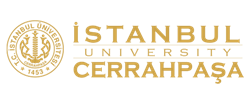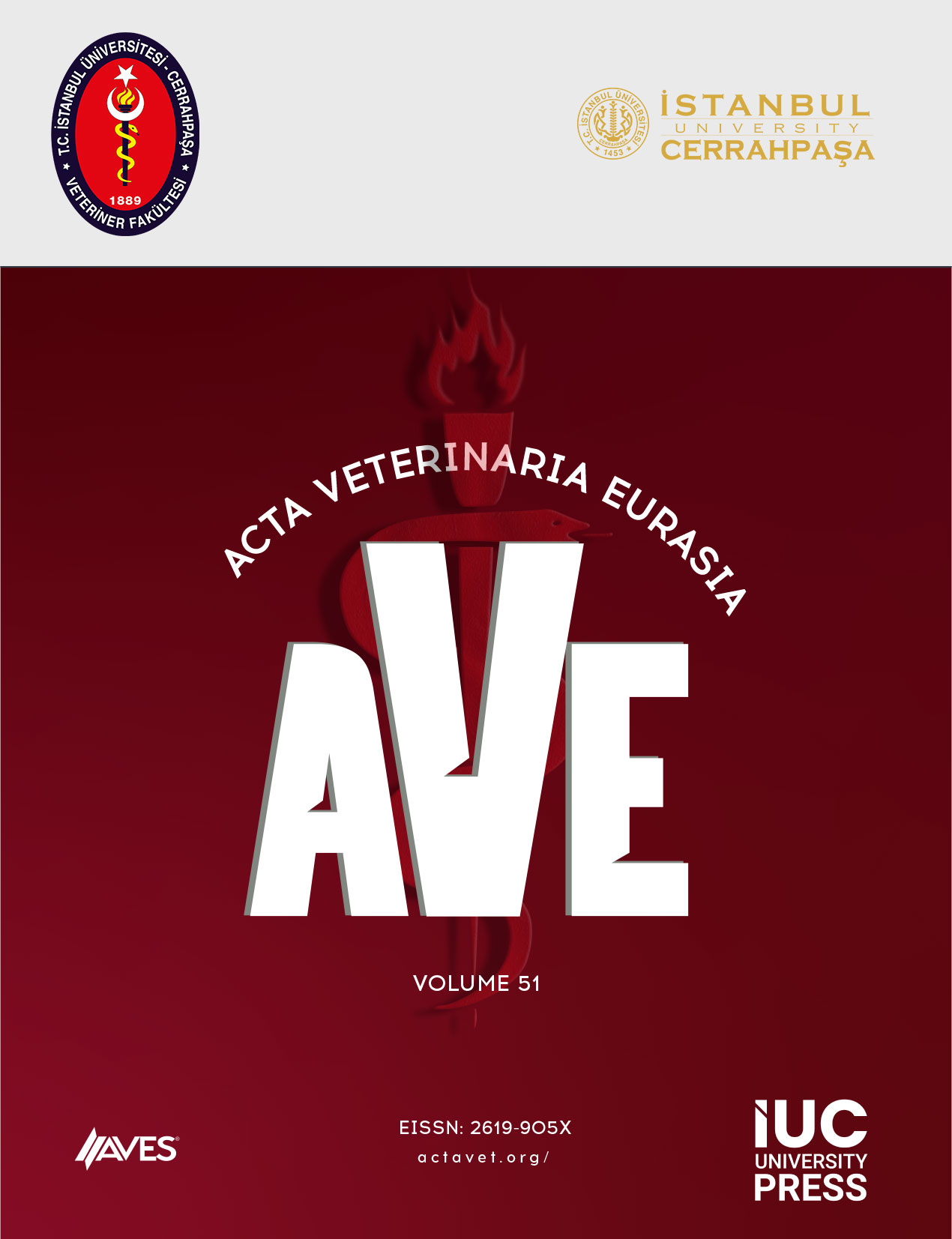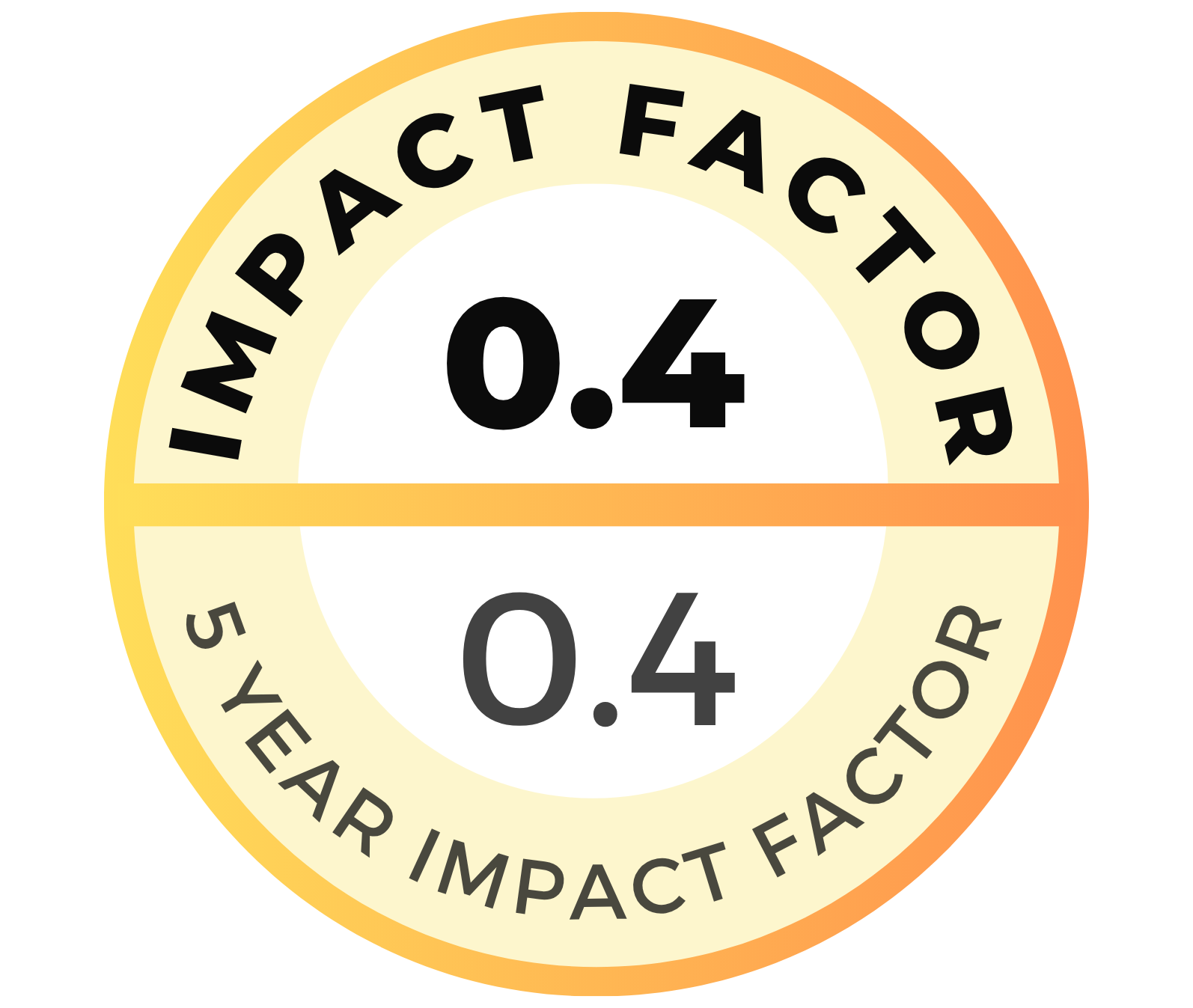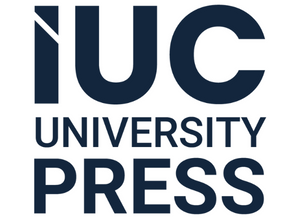The effect of experimental Salmonella Gallinarum infection on the serum biochemistry of young pullets was assessed, and correlation was made with lesions in the target organs. 50 young pullets, at 7 weeks of age, were randomly assigned to 25 pullets infected orally with Salmonella Gallinarum (109 Salmonella Gallinarum colony forming units/mL) and 25 uninfected controls. Serum biochemical parameters were assayed following standard procedures, and selected body organs were processed for histopathology. There was a significant (p < .01) loss of body weight and an overall mortality of 36% in the infected pullets. The mean serum alanine aminotransferase, aspartate aminotransferase, and alkaline phosphatase activities, as well as serum total protein, globulin, total cholesterol, total bilirubin, uric acid, and creatinine levels, were significantly (p < .05) higher in the infected pullets. Conversely, the mean serum albumin level was significantly (p < .05) lower in the infected pullets than the uninfected controls. Serum malondialdehyde levels, glutathione peroxidase, superoxide dismutase, and catalase activities of the infected pullets were significantly (p < .05) higher when compared with the controls. There were inflammatory, degenerative and necrotic changes observed in the affected organs. Some of the assayed basic biochemical parameters correlated strongly and significantly with malondialdehyde. It was concluded that infection of pullets with Salmonella Gallinarum caused significant alterations in serum biochemistry, induced oxidative stress, and by extension, inflammatory, degenerative and necrotic changes in the body organs. An association was established between glutathione peroxidase, superoxide dismutase, and catalase, which have antioxidant functions, and improved weight gain coupled with self-recovery. This finding underscores the need for the use of antioxidants in the therapeutic interventions during Salmonella Gallinarum infection of chickens.
Cite this article as: Okafor, S., Ihedioha, J., & Ezema, W. (2025). Experimental salmonella gallinarum infection in young pullets: Correlation of serum biochemistry with organ pathology. Acta Veterinaria Eurasia, 51, 0090, doi: 10.5152/actavet.2025.24090





.png)